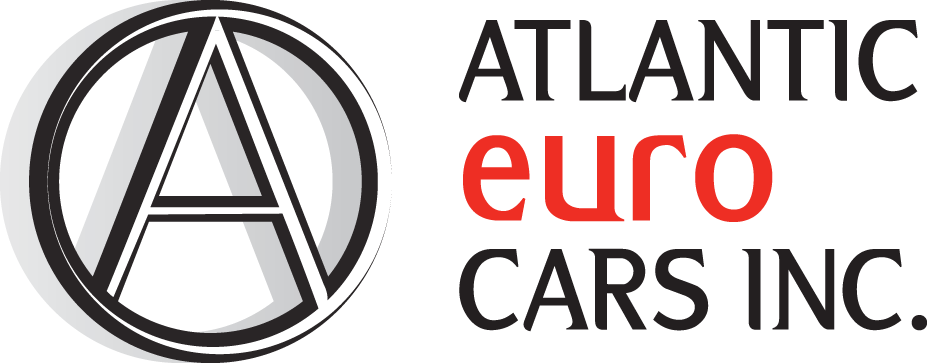Car Buying Tips for Gals (and Guys)
For most people, a new car is second only to a home as the most expensive purchase you will ever make. According to the National Automobile Dealers Association, the average price of a new car is $31,200. If you are planning to shop for a new car or truck, the following tips will help you get the best deal, and find the vehicle that is right for you.
You may want to look into the services of an Auto Broker to help you navigate the world of car buying. Experience counts, and so do industry connections. Their traction extends far beyond the local market, and their work covers more than the purchase; it includes warranty, financing and service. They work for YOU, protecting your interests while finding the best deals.
Tip 1:
First think about what car model and options you want and how much you’re willing to spend. You’ll be less likely to feel pressured into making a hasty or expensive decision and more likely to get a better deal.
Tip 2:
We used to buy magazines for information on car prices and features, now smart shoppers use the internet. Many sites offer a wealth of information. These may even provide information on the dealer’s costs and invoice prices for specific models and options.
Tip 3:
Shop around to get the best possible price by comparing models and prices in ads and at dealer showrooms. You also may want to do research on site like AutoTrader.com or Autocatch.com, before you go to dealerships to compare prices.
Tip 4:
Be prepared to negotiate price. Dealers may be willing to bargain on their profit margin, normally between 8 and 12 percent. This is usually the difference between the manufacturer’s suggested retail price (MSRP) and the invoice price. In addition to the dealer’s margin there may be monthly sales programs that offer additional discounts or packages that can be stacked to provide you with a better price. Sometimes deals get even better at the end of the month, when dealers are trying to hit sales targets.
Tip 5:
If possible, have your financing already completed and don’t forget to talk to more than one source of financing. Look for zero financing options or dollars off for cash, these offer more opportunities to negotiate a better price of the new car. You can also pre-qualify for a new car loan at your own bank or your credit union.
Tip 6:
Consider ordering your new car if you don’t see what you want on the dealer’s lot. This may involve a delay, but autos on the lot may have options you don’t want — and that can raise the price. However, dealers often want to sell their current inventory quickly, so you may be able to negotiate a better deal if an in-stock car meets your needs.
Tip 7:
The Invoice Price is the manufacturer’s nominal price to the dealer. This could be higher than the dealer’s final cost because they may receive rebates, allowances, discounts, and incentive awards on certain models. If you know the manufacturer’s price you may be able to negotiate a price that includes a simple margin of profit above the dealer’s invoice or even purchase at invoice cost if the current programs offer additional cash supports or discounts. Generally, the invoice price should include freight. Make sure freight isn’t added again to the sales contract.
Tip 8:
Base Price is the cost of the car without options, but includes standard equipment and factory warranty. The base price and any options on the vehicle are almost always noted on the window sticker. The Manufacturer Suggested Retail Price or Window Sticker Price (MSRP) shows the base price, the manufacturer’s installed options with the manufacturer’s suggested retail price, the manufacturer’s transportation charge and the fuel economy. Affixed to the car window, this label is required by Canadian law, and may be removed only by the purchaser.
Tip 9:
Think about the extras that don’t always appear on the Window Sticker. These may include the retail price of pre delivery inspections, dealer installed options, additional freight costs, title and registration costs, tire taxes, air conditioning excise tax and gas Guzzler tax. Some dealers may also add in documentation fees, etching, undercoating, extended warranties and various life insurance or disability insurances. Don’t be caught by surprise or pressured into purchasing extra’s you do not need.
Tip 10:
Most dealers will charge you a documentation fee or sell you a non-optional protection package. These Doc fees or protection packages are simply added profit for the dealer in the deal. They generally offer you nothing of value. If you simply refuse to pay this added fee the dealer will not walk away from your purchase, for them it simply is a way to hide an extra $300-$500 of profit margin. Before you sign the contract ask for a copy to review and do not sign it until you know what each line item and charge relates to.
Tip 11: (Bonus Tip)
To ensure you get the vehicle you want, the very best deal available, and to avoid unexpected charges or delays, talk to Hup Clark or Gary Smith at Atlantic Euro Cars, 251 Bayside Drive, Saint John, NB E2J1A7
Phone: 506-638-9340
Fax 506-638-9360
e-mail info@atlanticeurocars.ca
